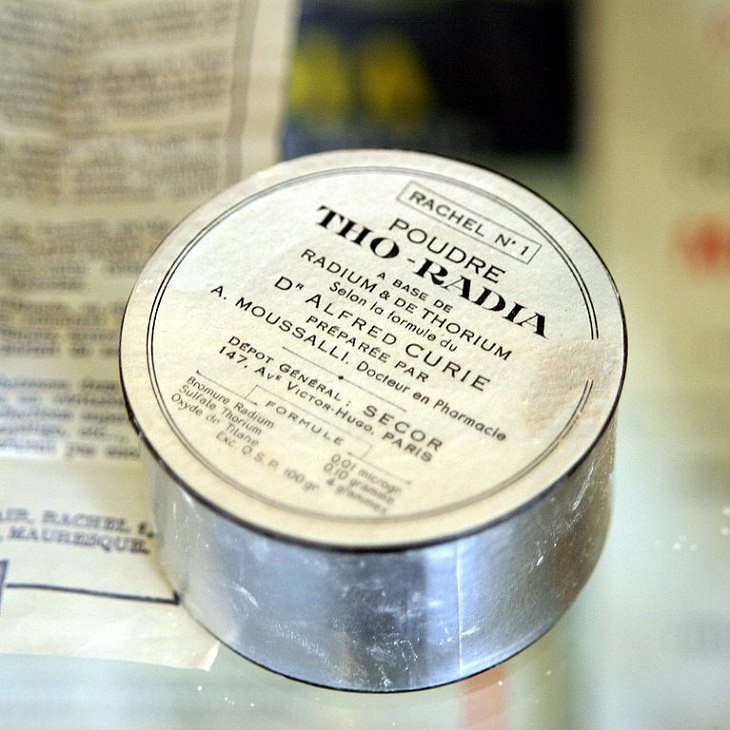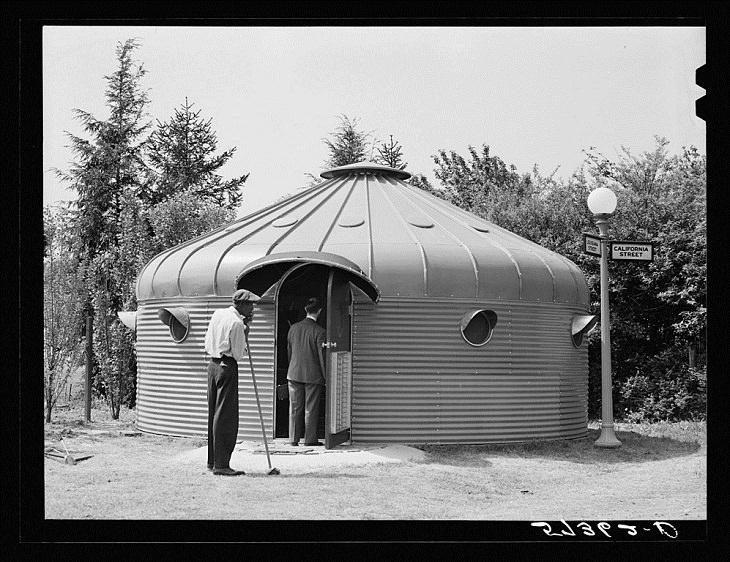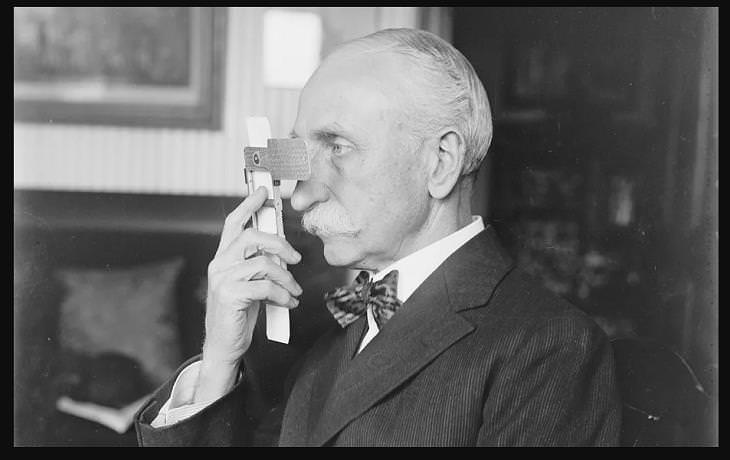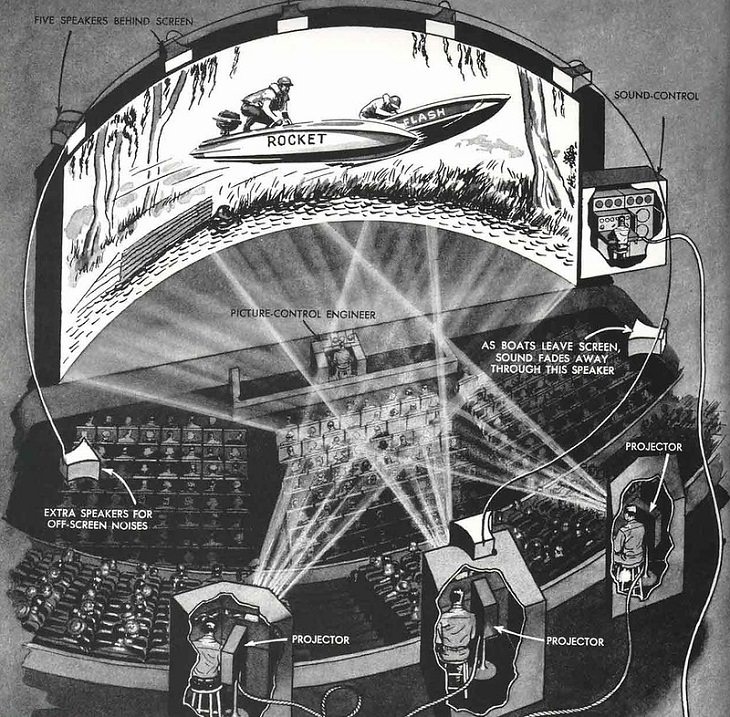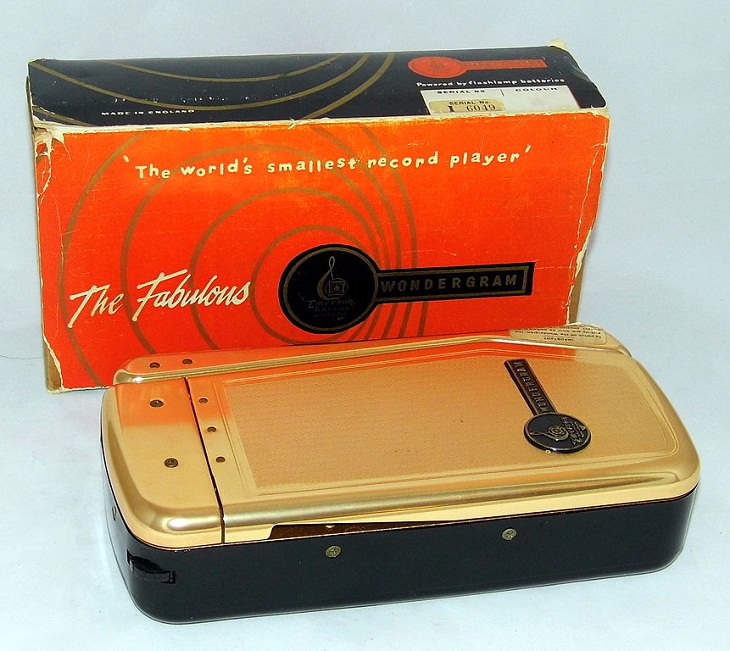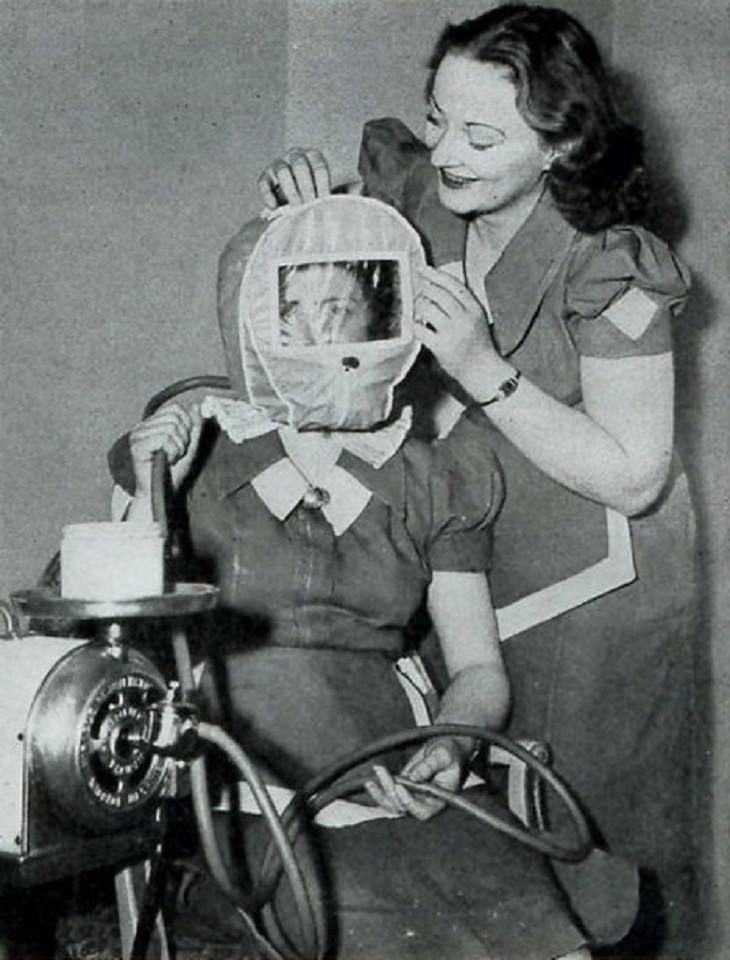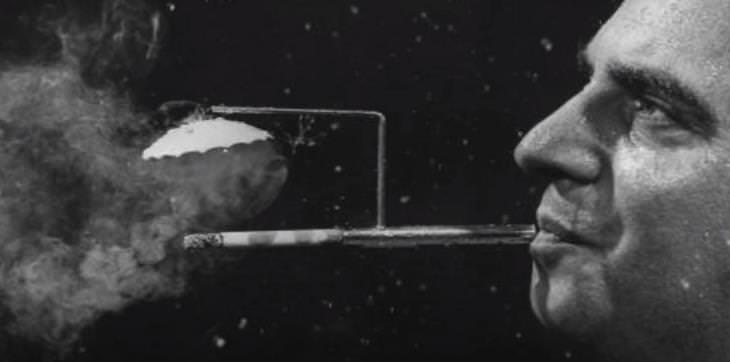Radium was first discovered in 1898 by Marie and Pierre Curie. Back in those days, though, people didn’t have an idea about its harmful effects. In fact, people looked at this luminous metal as a medical cure-all that could somehow make everything better. It wasn’t long before people began using radium in household products like lipstick, chocolate (in Germany), tonics, and even, watches.
However, it was soon found that many people who were consuming radium to increase their vitality or beauty were either developing some horrible and permanent side effects or were dying. This finally made the public realize that putting radium in everything was not the answer. In 1938, the Food Drug and Cosmetic Act outlawed misleading packaging that made Radithor and other radium-branded products marketable.
2. Flying Tanks
One of the strangest concepts of military technology that came about in the period between the First and Second World Wars was the flying tank. Essentially, it was a regular tank with removable glider wings and was meant to be one of the heaviest, military vehicles. It was a vehicle that would combine two important machines of war - the airplane and the tank. Many countries thought that if they a prepared tank that they could fly or air-drop into a war zone, that would give them a great advantage. Thus, all the powerful nations in the world, including America, Russia, England, and Japan, began experimenting with this technology.
Several models were attempted and while the initial test runs of many winged tanks were successful, the idea was eventually dropped. The limitations of the materials available and the effort required to land just one tank were some of the many reasons that the concept of flying tanks was abandoned.
3. Dymaxion House
The Dymaxion was a futuristic house invented by the architect and practical philosopher R. Buckminister Fuller in the 1930s. The word “Dymaxion,” combines the words dynamic, maximum, and tension, and the idea of the inventor was to create a house that would be easy to put together for anyone. The house could be shipped on a single truck and assembled in only two days.
This bizarre-looking chrome house was constructed utilizing surplus material from World War I, primarily aluminum. It was one of the most cost-effective houses ever designed and it was said to even withstand a tornado. The house had a greywater system to reduce water use and heated and cooled naturally. However, despite its great benefits, the Dymaxion house never caught on as the interior could not be customized or expanded. Moreover, the dwelling offered only two bedrooms with tiny bathrooms. The sole Dymaxion House prototype can still be found in the Henry Ford Museum in Michigan.
4. The Fiske Reading Machine
Rear Admiral Bradley Fiske was an officer in the United States Navy and a respected inventor with many successful inventions to his name. In 1922, he introduced the Fiske Reading Machine – a modified magnifying glass that would allow a person to read small cost-efficient books with tiny print. Also called the "pocket reading machine", this tiny device was just over 6 inches (152.4 mm) long and 2 inches (50.8 mm) wide and could hold cards with over 100,000 words. Fiske’s idea was to make old-fashioned books obsolete and allow even poor people to finally afford to learn. In many ways, it was an early version of the Kindle.
The invention got a great deal of attention initially and many experts even claimed that there was no great strain on the eye while using it. However, the device never really took off as holding that thing so close to one’s eyes for long hours to read a novel couldn't have been comfortable. Mass-market paperbacks also rose up in prominence throughout the '30s and '40s and the Fiske Reading Machine was soon forgotten.
5. Cinerama Film Projection Process
Cinerama was a popular film widescreen process that can be considered a predecessor to the modern-day IMAX screens. However, it was quite complicated to operate and required three, perfectly synced projectors all aligned with each other to project the movie. Invented by the New York City photographer Fred Waller, the efforts of three extremely skilled projectionists in the projector boxes were needed to get the equipment and process for the Cinerama film to work properly. The first Cinerama movie, 'This Is Cinerama', was presented in New York City in 1952.
Unfortunately, the costs for this process were prohibitive and a majority of the theaters were reluctant to shell out so much money on the hardware upgrades and on the extra staff to play the movies. Eventually, very few movies were recorded in the Cinerama format and the process was abandoned in the 1960s.
6. Portable Record Players
In the days of vinyl records, many companies attempted to create a portable record player to help people take their music with them wherever they wanted to go. While the motive behind the idea may have been novel, it didn’t really work. This is because carrying a record player around with you wasn’t exactly comfortable. More importantly, anyone who has used vinyl records would know that are very delicate. Thus, these portable record players always required a level space to set the player and the device couldn’t be bumped for fear of damaging the record. Moreover, this invention came out in the 1980s, just when cassette players and Walkmen were about to explode into the market. Thus, portable record players never came into vogue.
7. Vacuum Beauty Helmet
The Vacuum Beauty Helmet was invented in 1941 by G.M. Ackerman who claimed that wearing this “glamour bonnet” would result in more natural beauty. Ackerman had initially invented the helmet with the stars of Hollywood in mind but it was soon marketed towards the common populace as well. The idea behind the apparatus was that it would imitate the same technology of the scuba diving helmet and lower the atmospheric pressure around one’s head. So, basically, the helmet was supposed to improve one’s complexion through the use of a vacuum. There was no actual evidence that it worked but many people were still intrigued by what the device promised.
The early prototypes of this beauty helmet put its users in complete darkness, resulting in a lot of anxiousness in them. Ackerman later added a window to the helmet to allow the users to see what was going on in front of them. However, as the promised results of this odd beauty invention weren’t delivered, it was soon rejected.
8. Cigarette Umbrella
The Cigarette Umbrella or the umbrella-equipped cigarette holder was invented in 1931 to allow people to smoke outside even in rainy weather without their cigarettes becoming soggy. As weird as this sounds, it was actually a thing. The concept of the device, oddly enough, was inspired by a British clown. The umbrella would help keep off the water from the cigarette and a spigot would drain off the excess moisture. Perhaps the device looked so weird and appeared so unrealistic that it didn’t really catch the fancy of smokers at all and hence failed to see its place in the society.
Share this story with someone who is fascinated with technology...

